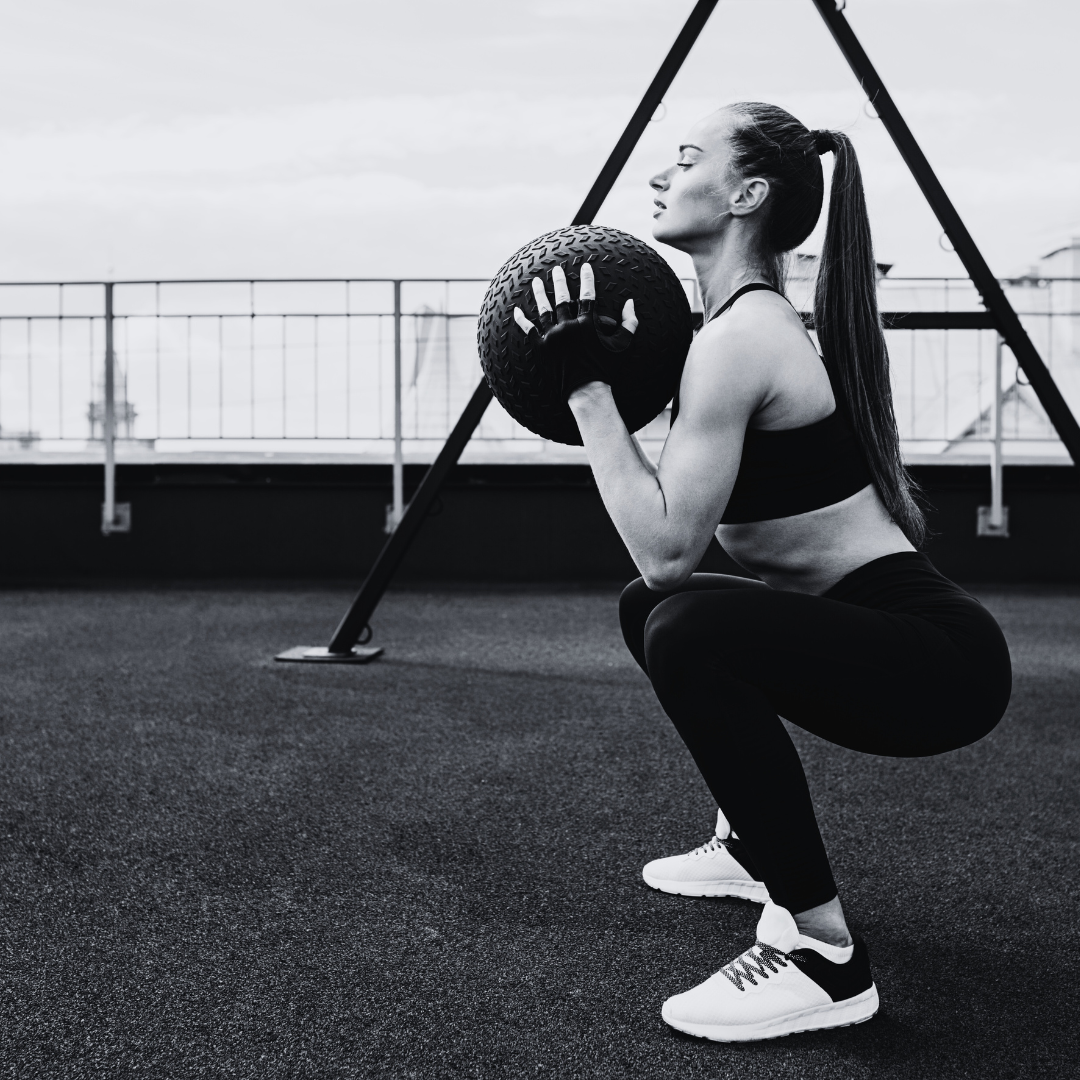Lifting belts are indispensable accessories for athletes and fitness enthusiasts who engage in heavy lifting exercises. These belts are designed to support your lower back and core, enhancing stability and reducing the risk of injury during strenuous lifts. However, the choice between a lever belt and a prong belt can be perplexing, as both have their unique characteristics and benefits.
Lever Belt: The Pros and Cons
Lever belts are known for their convenience and quick adjustments. They offer several advantages, such as easy buckle mechanisms and a snug fit. But are there any downsides to this popular choice?
Lever belts are incredibly user-friendly. They come with a lever mechanism that allows for rapid tightening and loosening. This feature is especially handy when you need to make quick adjustments between sets.
On the flip side, lever belts may lack some degree of fine-tuning. Let's delve deeper into their pros and cons.
Advantages of Lever Belts
- Effortless Adjustment: The lever mechanism simplifies the process of securing the belt in place.
- Consistent Fit: Lever belts maintain the same fit every time you wear them, reducing the need for frequent adjustments.
- Quick Release: Easy removal after your workout, providing relief when needed.
Drawbacks of Lever Belts
- Limited Adjustability: Some lifters may find that lever belts lack the ability to make minute adjustments.
- Initial Setup: Setting up the lever belt for the first time can be slightly tricky.
Prong Belt: The Pros and Cons
Prong belts, on the other hand, offer a different approach to lifting support. They rely on a traditional prong-and-hole closure system, which has its own set of advantages and disadvantages.
Prong belts have been a favorite among lifters for generations due to their simplicity and reliability. They use a series of holes and a metal prong to secure the belt, allowing for precise adjustments.
Advantages of Prong Belts
- Customizable Fit: The multiple holes enable you to fine-tune the fit according to your comfort.
- Durability: Prong belts are often considered more durable than lever belts due to their simpler design.
Drawbacks of Prong Belts
- Slower Adjustment: Making adjustments with prong belts takes more time compared to lever belts.
- Wear and Tear: Frequent use may result in more wear and tear on the belt holes.
Choosing the Right Belt for You
The choice between a lever belt and a prong belt ultimately comes down to your personal preferences and specific needs. Here are some factors to consider when making your decision:
- Lifting Style: Your preferred lifting style and the type of exercises you do can influence your choice of belt.
- Frequency of Use: How often you use the belt may affect your decision due to the ease of adjustment.
- Comfort Level: Consider which type of belt feels more comfortable during your workouts.
- Budget: Your budget will play a role in determining whether you opt for a lever or prong belt.
Recommended Lever Belt
Now that you know the main differences between a prong and lifting belt, if you're looking for your next buy, check out our range of our premium lever belts!
The 13mm SBD Lever Belt
The classic SBD Belt. A high quality 13mm lever belt featuring a patented gliding lever, providing the adjustability of a prong belt with the ease and tightness of a lever belt.
Ideal for sizing up or down whenever you need during training sessions and competitions. Perfect for beginners, seasoned lifters and competitive powerlifters.
The 10mm SBD Belt
The 10mm lever belt is constructed using two different cuts of hide to allow the belt to retain support while moulding to your waist.
Featuring a low profile buckle - along with rounded edges and corners - to minimise any obstruction or discomfort from contact between the legs and the belt. This belt is most suited for weight lifters.
Conclusion
In this comprehensive guide, we've explored the differences between lever belts and prong belts to help you make an informed decision. Your choice should align with your lifting style, comfort, and budget, ensuring that you get the most out of your weightlifting belt.
Whether you opt for the convenience of a lever belt or the adjustability of a prong belt, both can be valuable tools in your fitness journey.
FAQs
Can I use a lever belt for powerlifting competitions?
Yes, lever belts are allowed in most powerlifting competitions, but it's essential to check the specific rules of the event.
Are prong belts more affordable than lever belts?
Prong belts are generally more affordable, making them an attractive option for budget-conscious lifters.
Which belt provides better back support?
Both lever and prong belts offer excellent back support when used correctly. The choice depends on your comfort and preference.
Do lever belts require any special maintenance?
Lever belts are relatively low-maintenance, but it's a good practice to periodically check the lever mechanism for wear and tear.
Can I switch between lever and prong belts during workouts?
Yes, you can switch between the two types of belts during your workout, depending on your needs and comfort.





